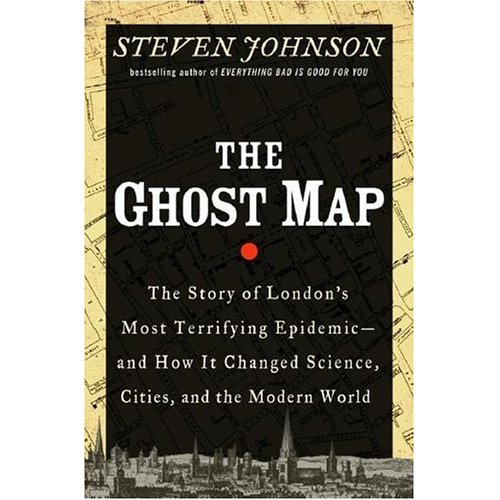 The Basics: The Sushi Economy, Sasha Issenberg, 2007, 323 pages, hardcover.
The Basics: The Sushi Economy, Sasha Issenberg, 2007, 323 pages, hardcover.How I found it: Random browsing at Chapters.
What's it about?: This book purports to be about the economy of sushi, but really it is about the economy of sushi grade tuna. Tuna is the quintessential sushi fish, and the rise in popularity of sushi had profound effects on the global tuna fishing (and ranching) industries. Issenberg explains why and how tuna became so popular, and what the global effects of sushi have been on tuna. He uses examples of fishermen, tuna ranchers, sushi chefs, and Japanese fish wholesalers in Tokyo's famous Tsukiji fish market to elaborate various points. However, not much of the book actually talks about sushi. The title implies that you will learn about why and how sushi became popular, but the book doesn't deliver. There are a few pages about this topic, but really, the book is about tuna.
Did I like it?: I found most of this book fairly interesting. As a huge, sushi fan, it was good to learn more about the history of sushi, and how my meal gets to the table. I was disappointed in the focus on tuna. I come from the salmon dominated sushi centre of Vancouver, where tuna is popular, but certainly not the focus. Apparently this is the reverse from everywhere else in the sushi-eating world. In general, the book was largely informative, but sometimes dry.
Will you like it?: If you eat sushi, or even if you just eat fish, this is an interesting book as it explains the complicated logistics of getting fresh fish to you. It also if very telling, as it acknowledges the prof0und changes we have seen in fishing in the last few decades and the globalization of seafood production. Just don't expect this book to talk too much about sushi itself. A nice glossy cookbook with lots of pictures, or a visit to a good sushi restaurant will be far more satisfying to a sushi aficionado than reading this book (although I was constantly hungry while reading it).
But don't take my word for it: A collection of positive reviews from the book's official website, a review from the trend-spotting website martiniboys.com, one from Washington Monthly, another from Christian Science Monitor, one from the Financial Times, a New York Times review that comes it to Trevor Corson's The Zen of Fish (which is on my list of things to read), and finally, another one from a fellow book blogger.











